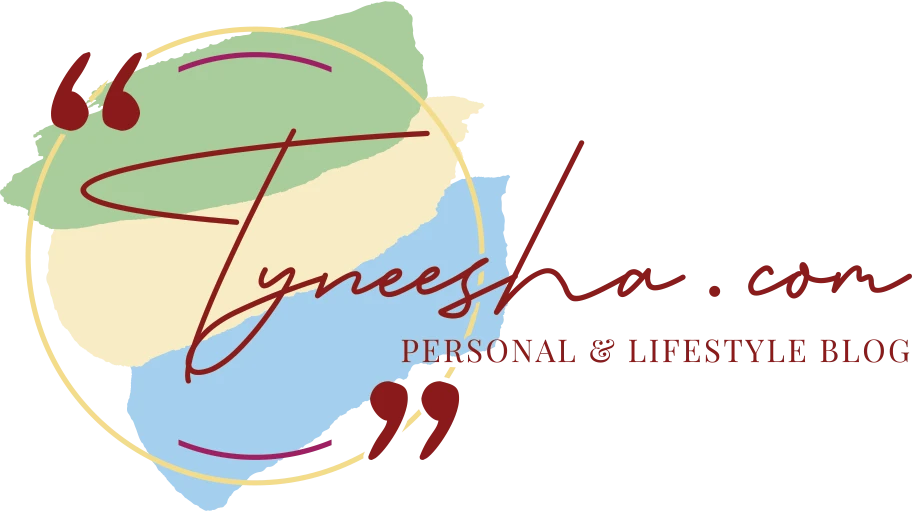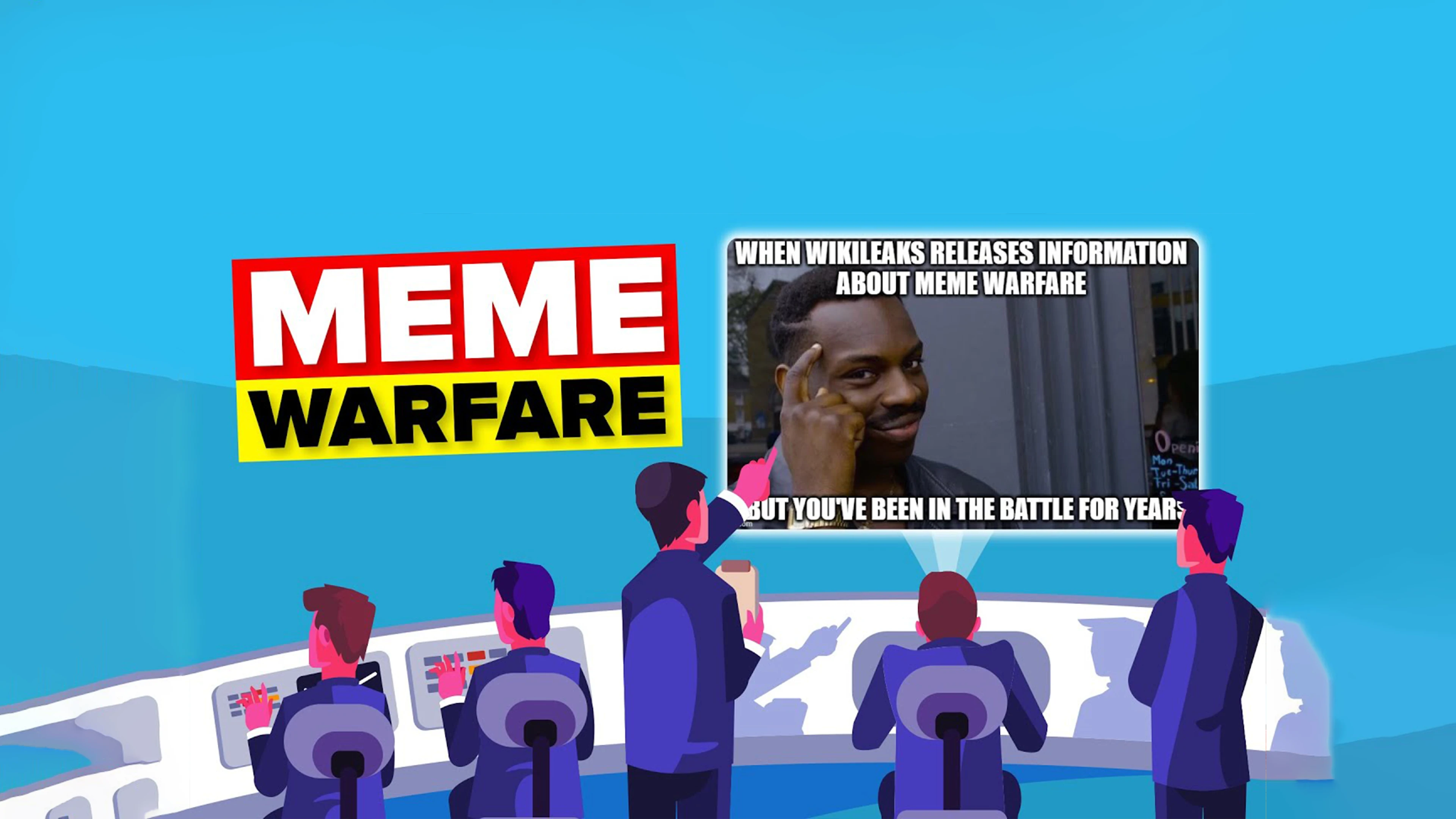19th April, 2024
With the rise of the internet paradigm and distributed media comes a reformed way of gathering, disseminating, interpreting and responding to information. The functioning of the internet paradigm inherently removes the structures that uphold the legacy media paradigm (truth, objectivity, authority, artificial scarcity, monopoly of information).
There are many benefits in the new ways of dissemination – information is far more available to the everyday citizen, and the everyday citizen can directly contribute to the society that they exist in. The online world disseminates information in a much more efficient way than its predecessors did, “It is far more efficient than requiring the source to send an individual copy of a message to each requester. It is also more efficient than broadcasting one copy of the message to all nodes on the network, since many nodes may not want the message”. (Parr & Curran, 2000)
In this weeks lecture, we talked about information events and how they are represented through frames and stories in order for someone to understand the information.
The lifecycle of a story as represented in legacy media follows the same steps:
- Event
- Frame
- Story
While this format is altered through the internet paradigm and distributed media, it in many ways remains. An example of information events distributed in the internet paradigm is memes.
“Memes are characterized by both similarity and variation: while each individual might perform cultural information differently (like different articulations of a musical piece), the basic idea, the meme, constitutes a common element duplicated by many minds.” (Nissenbaum & Shifman, 2017)
They frame the information. It is in this way that memes can be forms of propaganda. Funny or not, memes shape events and influence opinion & perception about their subject.
The difference between legacy-style dissemination of information and the new-age internet meme is this: legacy media perpetuates messages and propaganda through repeated monotonous messages. The internet paradigm does this through memes.
Legacy media is an example of a centralized network that provides information as a finished product to be bought by a passive audience from the all-knowing media outlet. The distributed network that memes function under is very different – it’s fast, varied, less filtered, and it does not actively aim to dictate reality in the way that a one-version report of an event does in legacy media. You get these competing versions of events through different frames due to public participation. Memes do sway opinion and affect perception. However, they also reflect the perception of the maker, whereas legacy media strives for objectivity.
You know how our generation shares our sense of humour? We’ve seen the same memes and developed similar ways of thinking about information events. This is because collective intelligence is the default of participation in distributed networks. Legacy media may be losing its grip on society because society wishes to participate. In one way, the internet paradigm brings a loss of reliability and objective truth. In another way, the scope that the internet paradigm brings to information events may be considered more truthful.
References
Gerard Parr and Kevin Curran. 2000. A paradigm shift in the distribution of multimedia. Commun. ACM 43, 6 (June 2000), 103–109. DOI:https://doi.org/10.1145/336460.336486
Nissenbaum, A. and Shifman, L. (2017) ‘Internet memes as contested cultural capital: The case of 4chan’s /b/ board’, New Media & Society, 19(4), pp. 483–501. doi: 10.1177/1461444815609313.







